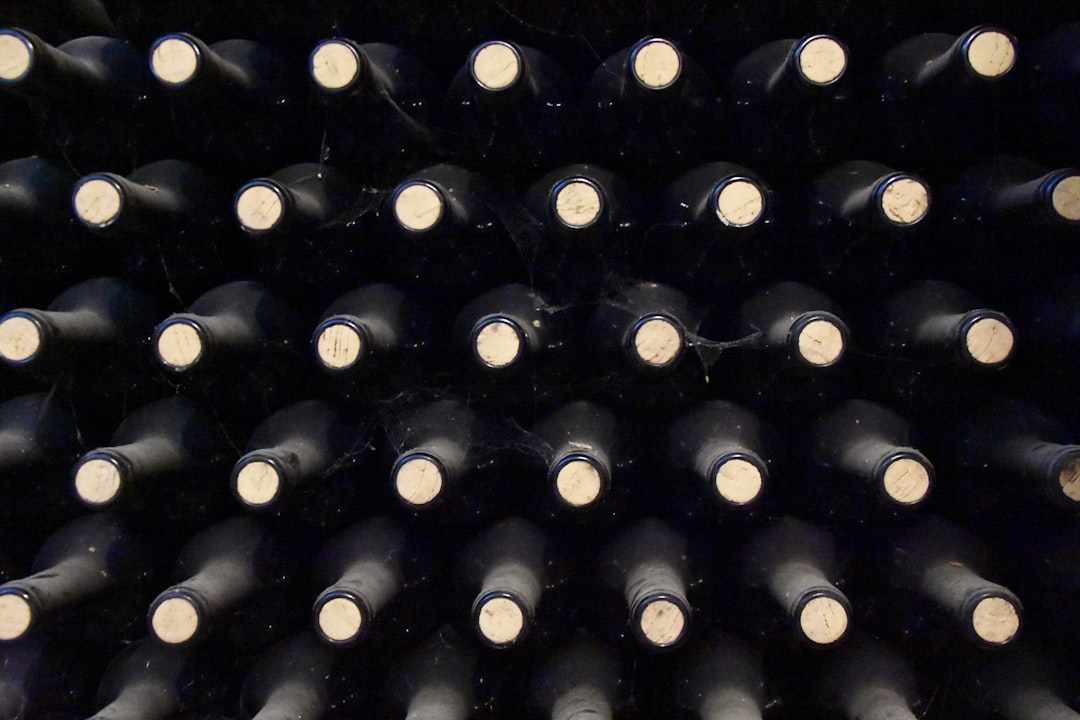
Developing a Systematic Approach to Wine Tasting
Share
Wine tasting is an art form, a science, and for many, a passion. It's a way to travel the world through your senses, to experience the care, tradition, and innovation that go into every bottle. But for beginners, the complexities of wine can be daunting. How do you begin to decipher the myriad of flavors, aromas, and textures found in a single glass? Developing a systematic approach to wine tasting can unlock these secrets, transforming the experience from one of confusion to one of discovery and enjoyment. This guide will explore techniques to enhance your palate and provide a structured pathway to understanding and appreciating the multifaceted world of wine.
Understanding the Basics of Wine Tasting
Before diving into the deep end, it's crucial to grasp the fundamentals. Wine tasting isn't just about drinking; it's about observing, smelling, tasting, and thinking about what's in your glass. This process can be broken down into several key steps: look, smell, taste, and conclude. Each step is designed to help you appreciate and analyze wine more deeply.
Observing the Wine's Appearance
The journey begins with the eyes. The color, clarity, and viscosity of a wine can tell you a lot about its age, grape variety, and even the climate where it was grown. A deeper, more opaque red might suggest a full-bodied wine with a higher tannin content, while a lighter, more translucent red could indicate a lighter body and lower tannin levels. Similarly, the way a wine clings to the glass, often referred to as its "legs" or "tears," can give clues about its alcohol content and texture.
Identifying Aromas
The nose is arguably the most important tool in wine tasting. A wine's aroma can provide a wealth of information about its character and quality. Swirling the wine in the glass helps release its diverse bouquet of scents. Try to move beyond general descriptions like "fruity" or "earthy" and identify specific fruits, flowers, herbs, spices, or other components. This practice not only enhances your tasting experience but also develops your ability to recognize and appreciate the complexity of different wines. For more detailed techniques on identifying aromas, consider reading our article on Identifying Aromas in Wine Tasting.
Tasting and Assessing the Wine
Tasting involves more than just your taste buds. It's a full-mouth experience that encompasses flavor, texture, and aftertaste. When tasting wine, think about its sweetness, acidity, tannins, and alcohol level. How do these elements balance? Is one more dominant than the others? Also, consider the wine's body - is it light, medium, or full-bodied? And don't forget the finish - how long does the taste linger after you swallow? These observations will help you form a more complete picture of the wine's profile.

Forming Your Conclusion
After observing, smelling, and tasting, it's time to reflect on your overall impression. Did you enjoy the wine? What qualities stood out to you? Would you drink it again or recommend it to a friend? This final step is about synthesizing your observations and forming a personal conclusion about the wine. It's also an opportunity to consider how the wine might pair with food or how it might age over time.
Advanced Techniques for Wine Tasting
Once you've mastered the basics, you can start to explore more advanced techniques that can further enhance your wine tasting skills.
Palate Training
Developing a more discerning palate takes time and practice. One effective method is to taste wines side by side. Comparing different wines can highlight their unique characteristics and help you understand the nuances that distinguish one wine from another. Additionally, expanding your tasting experiences to include a wide variety of wines from different regions, climates, and grape varieties can broaden your palate and deepen your appreciation for wine's diversity.
Understanding the Impact of Terroir
Terroir refers to the environment in which the grapes were grown, including factors like soil, climate, and topography. These elements can significantly influence a wine's character. By learning about different wine regions and how their terroir affects the taste and aroma of the wine, you can start to predict certain characteristics before you even taste a wine. This knowledge not only enriches your tasting experience but also helps you make more informed choices when selecting wines.
Exploring Vintage Variation
The year the grapes were harvested can have a profound effect on the wine's flavor and quality. Weather conditions, harvest times, and even winemaking techniques can vary from year to year, leading to noticeable differences in the wine. Tasting wines from different vintages of the same vineyard or producer can be a fascinating way to explore how these variations impact the final product.
The Role of Aging in Wine Tasting
Aging can transform a wine, softening tannins, and allowing complex flavors to emerge. Understanding how aging affects wine can add another layer to your tasting experience. Tasting a younger wine alongside an older vintage of the same wine can illustrate how flavors and textures evolve over time. For more insights into the aging process and its effects on wine, you might find our article on Advanced Wine Tasting Techniques Explained helpful.

Pairing Wine with Food
Wine and food pairing is an art in itself. The right combination can enhance the flavors of both the wine and the dish, creating a harmonious balance that elevates the dining experience. When pairing wine with food, consider the intensity and flavor profile of both. Generally, lighter wines pair well with lighter dishes, while fuller-bodied wines can stand up to richer, more flavorful foods. Experimenting with different pairings can be a delightful way to discover new flavors and combinations.
The Impact of Texture and Weight
Beyond flavor, the texture and weight of both the wine and the food play a crucial role in pairing. A creamy, buttery Chardonnay might pair beautifully with a rich lobster bisque, while a crisp, acidic Sauvignon Blanc could be the perfect match for a light, zesty salad. Paying attention to these elements can help you create pairings that complement each other perfectly.
Considering Acidity, Sweetness, and Tannins
Acidity in wine can cut through the richness of fatty foods, refreshing the palate between bites. Sweet wines can balance the heat of spicy dishes or complement the sweetness of desserts. Tannins, on the other hand, can interact with proteins in meat, softening the wine and making the dish more savory. Understanding how these elements interact with different foods can guide you in selecting the perfect wine for any meal.
Continuing Your Wine Education
Wine tasting is a lifelong journey. There's always something new to learn, whether it's discovering an emerging wine region, exploring rare grape varieties, or mastering the subtleties of wine service. Pursuing formal education, such as sommelier courses, can provide a structured framework for expanding your knowledge and skills. Additionally, joining wine clubs or attending tastings can offer valuable opportunities to taste a wide variety of wines and learn from experts in the field. For those interested in the professional aspects of wine service, our article on The Role of Sommelier Education in Wine Service offers further insights.
Leveraging Technology
In today's digital age, a wealth of resources is available at your fingertips. Wine apps can help you track your tastings, learn about different wine regions, and even offer pairing suggestions. Online forums and social media groups provide platforms for sharing experiences and advice with fellow wine enthusiasts. Embracing these tools can enhance your wine journey, making it more informative and interactive.
Building a Personal Wine Library
Creating your own wine library can be a rewarding way to document your tasting adventures. This could include notes on wines you've tasted, articles and books about wine, or even a collection of your favorite bottles. Over time, this personal library will become a valuable resource, reflecting your evolving tastes and deepening knowledge of wine.
Conclusion
Developing a systematic approach to wine tasting can transform the experience from overwhelming to enlightening. By understanding the basics, exploring advanced techniques, and continuing your education, you can unlock the secrets of wine tasting like a pro. Remember, the journey of wine tasting is not just about the destination but about savoring each sip and discovering the stories, cultures, and craftsmanship behind every bottle. Cheers to your adventure in the world of wine!

